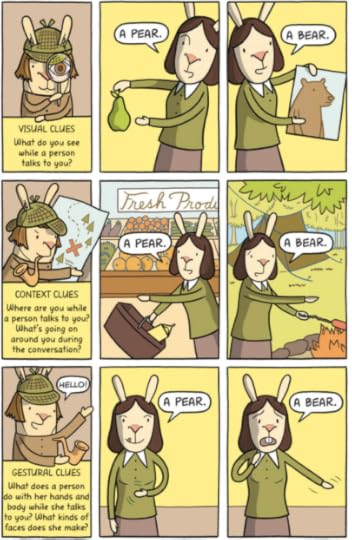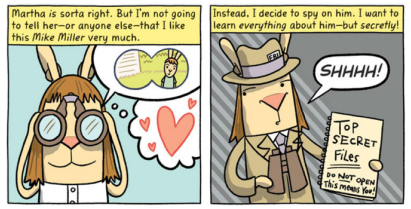What do you think?
Rate this book


233 pages, Hardcover
First published January 1, 2014
















"I felt different, and in my mind being different wasn't a good thing. I secretly, and openly, believed that my deafness, in making me so different, was a disability. And I was ashamed."
"As I grew up, however, I made some positive discoveries about deafness and about myself. I'm no longer ashamed of being deaf, nor do I think of myself as someone with a disability...To the kid me, being deaf was a defining characteristic, one I tried to hide. Now it defines a smaller part of me, and I don't try to hide it-much. Today, I view my deafness as more of an occasional nuisance, and oddly enough, as a gift: I can turn off the sound of the world anytime I want, and retreat into peaceful silence."